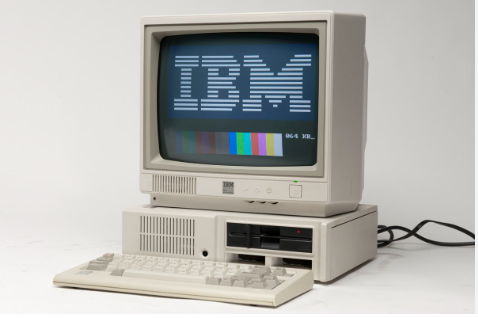
The Era of Personal Computing | 4th Generation Computers Simplified
The fourth generation of computers, beginning in 1971 and continuing to the present, brought computing into homes, classrooms, and every corner of the modern world. This era was defined using microprocessors, which packed the entire processing unit onto a single chip. It marked the rise of personal computers (PCs), graphical user interfaces (GUIs), and networked systems, revolutionizing how we live and work.
Related: The Five Generations of Computers Explained
What Is a Microprocessor?
A microprocessor is a compact, integrated circuit that functions as a computer’s central processing unit (CPU). It handles instructions, logic, calculations, and data transfers—all within a tiny silicon chip.
Key Features of Fourth Generation Computers
Microprocessor Technology:
- Entire CPU on a single chip (e.g., Intel 4004, 8086).
- Allowed for compact, powerful, and affordable machines.
Personal Computing Revolution:
- Rise of desktop PCs (IBM PC, Apple Macintosh).
- Computers became tools for both businesses and consumers.
User-Friendly Interfaces:
- Introduction of graphical user interfaces (GUIs).
- Operating systems like Microsoft Windows and Mac OS became mainstream.
High-Level Languages and Software:
- Popularity of languages like C, C++, and Python.
- Widespread use of application software for word processing, spreadsheets, and more.
Networking and Internet Evolution:
- Local area networks (LANs) and wide area networks (WANs).
- The birth of the internet in the 1990s changed everything.
Notable Fourth Generation Computers
- IBM PC (1981): Set the standard for personal computing.
- Apple Macintosh (1984): Introduced user-friendly GUI and mouse.
- Commodore 64: Popular home computer with built-in BASIC.
- Intel 4004 and 8086: Revolutionized CPU architecture.
Related: First to Third Generation Computers
Advantages of Fourth Generation Computers
- Compact and highly portable
- More affordable for everyday users
- High speed and performance
- Energy-efficient
- Massive storage capabilities
- GUI-based interaction made computing easier
Limitations
- Vulnerable to security threats (viruses, malware)
- Dependency on reliable power supply
- Technical know-how needed for maintenance and troubleshooting
Lasting Impact of the Fourth Generation
The fourth-generation democratized computing. What was once a tool for scientists and businesses became a personal asset. The rise of home computing, educational software, and global connectivity reshaped industries, communication, and daily life.
Conclusion
Fourth-generation computers laid the foundation for the digital age. With microprocessors, user-friendly interfaces, and the internet, this era made computers accessible, practical, and indispensable.
Continue Reading:
• Third Generation Computers (1964–1971)


